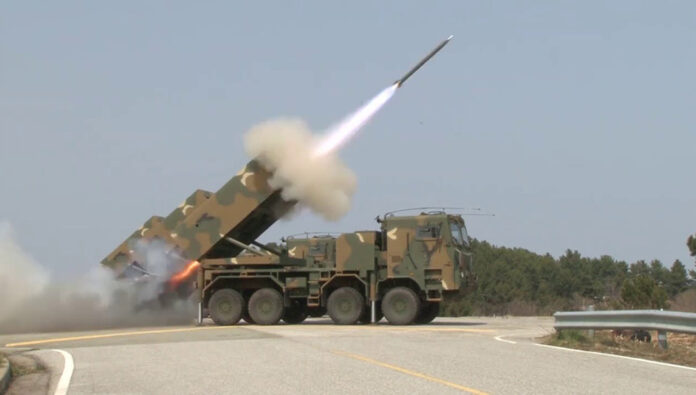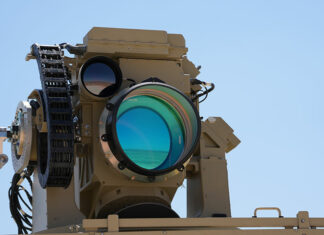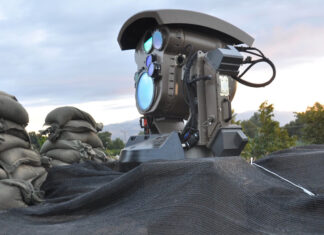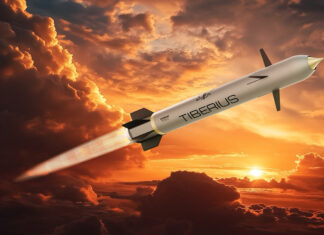This article is part of our weekly DefenseTech Brief.
The critical role of long-range precision fires, particularly Multiple Launch Rocket Systems (MLRS), demonstrated in recent conflicts, continues to drive significant activity in production and international cooperation. Global demand for proven systems is surging, prompting manufacturers to increase output and nations to bolster sovereign capabilities through procurement and industrial partnerships.
Reflecting this demand, Lockheed Martin confirmed it produced 96 M142 High Mobility Artillery Rocket System (HIMARS) units over the past year, effectively doubling its previous annual production rate. This ramp-up, directly influenced by the system’s combat effectiveness observed in Ukraine and elsewhere, allows the company not only to meet growing global orders but also to accelerate deliveries for existing contracts and offer more favorable schedules for new agreements. This development underscores the responsiveness of the US defense industrial base to urgent global requirements and solidifies HIMARS’ position as a central element in modern artillery doctrine.
Simultaneously, nations are pursuing long-term strategies to enhance domestic defense manufacturing. Poland finalized a significant contract with South Korea’s Hanwha Aerospace to establish local production of guided missiles for its K239 Chunmoo MLRS variant, designated HOMAR-K. The agreement, involving Hanwha and WB Electronics (a subsidiary of Poland’s WB Group), specifically covers the 80-kilometer-range CGR-80 guided missile. WB Group anticipates producing the first Polish-made long-range precision missiles within three years, aligning with previous statements targeting local manufacturing commencement by 2029. This contract builds upon a series of substantial procurements by Poland from Hanwha, including initial agreements for 290 Chunmoo systems in 2022, a follow-on contract for 218 systems later that year, and an April 2024 deal for 72 additional launchers along with both CGR-80 and longer-range 290km CTM-290 missiles.
The move towards local missile production signifies a deeper level of industrial cooperation and a major step in Poland’s strategy to enhance sovereign defense capabilities amid regional security concerns. Hanwha Aerospace leadership emphasized a commitment to full localization, aiming to guarantee local capability and readiness. This progression positions Poland to become a significant hub within NATO’s missile defense architecture, supported by indigenous production capacity.
These parallel developments reveal a broader trend in artillery modernization. Nations appear to be adopting a dual-track approach: acquiring readily available, combat-proven systems like HIMARS to meet immediate operational needs, while concurrently investing in long-term sovereign production capabilities. Poland’s engagement with South Korea exemplifies this, securing immediate access to advanced MLRS technology while building the industrial base for future self-sufficiency and potentially diversifying its supplier base beyond traditional Western sources. This diversification, however, introduces complexities. The proliferation of different advanced MLRS systems within NATO (e.g., US HIMARS, Polish HOMAR-K, Israeli European PULS, and French FLP-T) requires focused efforts to ensure interoperability in command, control, and logistics, maintaining cohesive alliance capabilities. Hanwha’s success in Poland also highlights South Korea’s growing stature as a major global defense exporter, offering technologically advanced systems often coupled with attractive technology transfer and industrial cooperation agreements, challenging established market players.




















